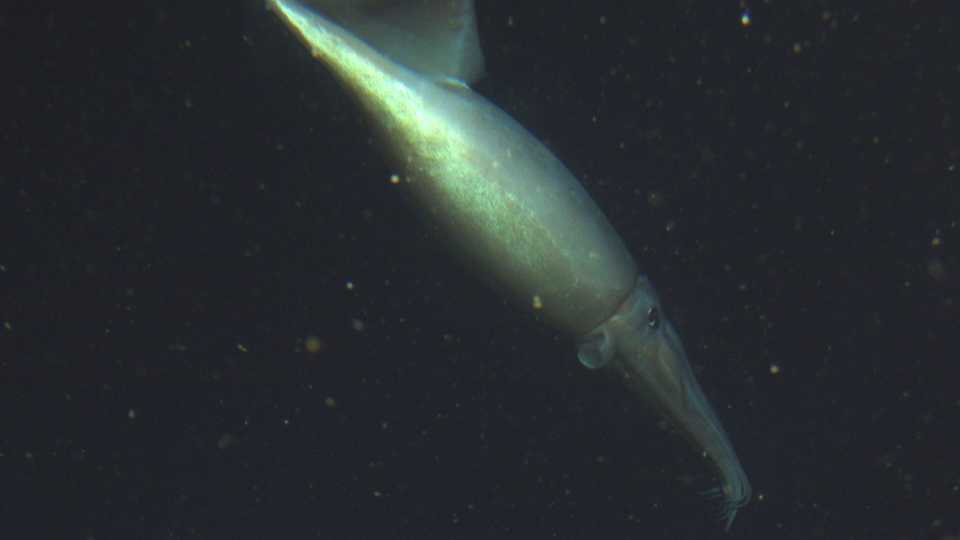Science News
Protecting the Deep Sea

The most habitable place on Earth is also the least explored: the deep sea. “More than 90% of [Earth’s] livable volume is in the deep ocean, below water depths of 200 m[eters],” begins a new paper in Science. And perhaps surprisingly, given the lack of light and the harsh conditions, the deep ocean has abundant and diverse life.
But it’s is also under great threat. The article in Science points out the problems that could stem from climate change, including warming, ocean acidification, and deoxygenation. Another recent report in Current Biology lists the threats from over-exploitation of the deep ocean, such as overfishing (including trawling), mining, oil extraction, and pollution. Both publications discuss the lack of science and knowledge of the deep sea and the need for recognition, protection and regulations of these fragile habitats.
The deep ocean is incredibly important to Earth’s systems, “regulating Earth’s climate by absorbing excess heat and CO2 from the atmosphere,” according to the Science paper, which was part of a special issue on oceans and climate last week. So while the deep sea protects the planet from greenhouse gasses, “in the process it becomes warmer, more acidic, and less oxygenated.” These changes could affect life forms that reside in very specific temperature and chemical regimes, not to mention ocean circulation, such as natural upwelling, that brings cooler, nutrient-rich water to the surface, affecting animals that reside in shallower waters, too.
In the Current Biology article, author Michael Gross wonders if humankind can learn from overexploitation of terrestrial resources and act smarter as we are technologically able to pull resources from deeper and deeper water. “Is a sustainable blue economy ever going to succeed in working with nature rather than against it?” he asks.
Gross’s article is a review of a European report analyzing the threats and opportunities to the deep sea for resource extraction. Until recently, humans were unable to access the riches of the deep ocean, or simply didn’t have the need to. But with improvements to technology and fewer fish available in the shallows, resource extraction from the deep ocean is becoming more common, and in dire need of rules and regulation. The minerals at the bottom of the deep ocean are too inviting to ignore, Gross says, but we need to mine sustainably and consider the vulnerability of the environment in the process.
Both articles stress the need for attention to this area, for protection from direct and indirect human activity. While the Current Biology article emphasizes the need for more knowledge of the deep sea (and more funding and technology put toward that research), the Science article wants the region recognized by the the United Nations Framework Convention on Climate Change (UNFCCC) to ensure greater attention and acknowledgement of the ecosystem. Both seem like a good start to protecting this important part of our planet.
Image, Humboldt squid: NOAA/CBNMS